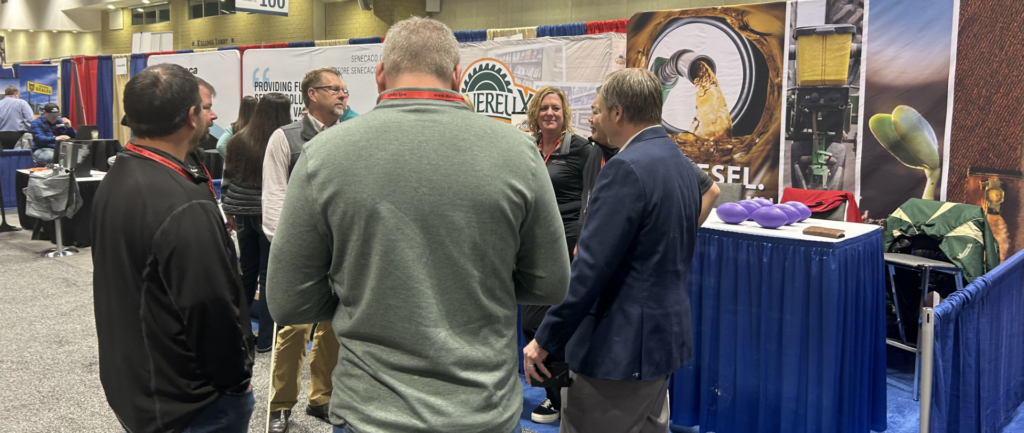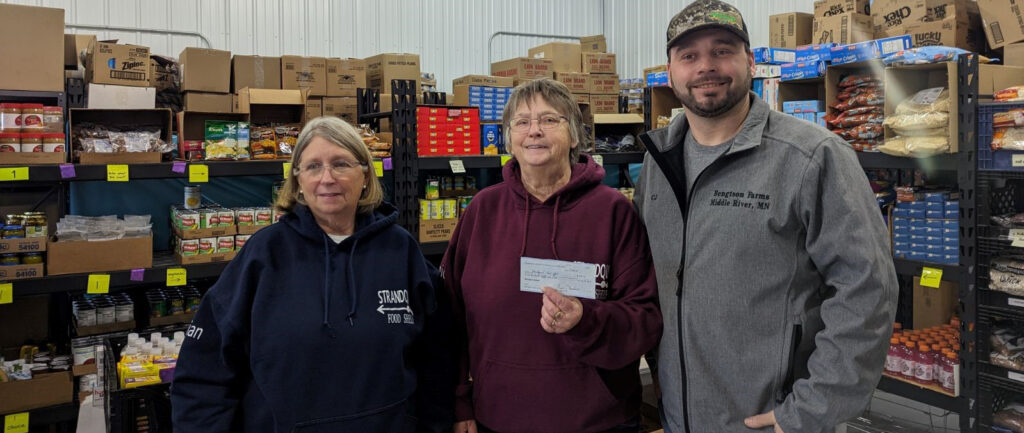This article is written by Kent Thiesse, farm management analyst and vice president of MinnStar Bank
As we look ahead to 2018, it appears that the tight profit margins that have existed in crop production in the past three years are likely to continue into 2018. The combination of continued projected market prices for corn and soybeans that are near or below breakeven levels, together with minor reductions in input costs for seed, fertilizer, and chemicals, will limit any potential profit opportunities in 2018, assuming average crop yields. Another major variable for breakeven levels in crop production are required loan payments on capital investments such as farm machinery, facilities, and land purchases.
Approximately two-thirds of the corn and soybean acres in southern Minnesota are under some type of cash rental agreement. Based on farm business management records for the southern third of Minnesota, the average county land rental rates in 2016 was ranged from $196.00 to $247 per acre; with an overall average of about $230 per acre. This was a decline about 8 percent from an average cash rental rate of near $250.00 per acre in both 2013 and 2014 in the same region. Most likely, average rental rates for 2017 in many areas of the region were very similar to the 2016 rental rates, or slightly lower. Based on early reports from farm operators, it appears that land rental rates for 2018 in most locations in the Upper Midwest will again remain steady, or adjust slightly downward. Some rental rates continue to remain quite high, relative to the profit potential for the coming year.
The University of Minnesota Center for Farm Financial Management (CFFM) has a website called FINBIN, which allows farm operators, ag lenders, farm management advisors, and others to look at average income levels, direct and overhead expenses, and net return levels on farms. The data in FINBIN is based on actual farm management data submitted by producers through the various farm business management programs. The data can be sorted on the basis of whole farms, crop or livestock farms, location, farm size or income levels, owned versus cash rent land, as well as other data sorts. Another FINBIN tool is called a “Benchmark Report”, which allows for the comparison of actual individual farm management data from a producer’s farm, compared to average data from similar farm operations in the same geographical area. All FINBIN data and farm management tools can be accessed at the following web site: www.finbin.umn.edu
Based on a FINBIN analysis for the years 2014-2016 for approximately 850 crop farms with cash rented corn acres in Southwest, South Central, and Southeast Minnesota, the average net return over average direct and overhead expenses, including land rent, was calculated at a negative ($51.82) per acre per year. Further analysis showed that there were negative averages of over ($44) per acre net return in 2014, over ($56) per acre net return in 2015, and nearly ($54) per acre net return in 2016. It is likely that 2017 will again show a negative average net return for many producers. The negative profit margins for corn on cash rented land in recent years has existed, even though much of the region had above average corn yields in 2015, 2016 and 2017.
Based on the FINBIN data, the average corn price received by farmers in 2016 was $3.35 per bushel, which was down from average prices of $3.52 per bushel in 2015 and $3.97 per bushel in 2014. Producers received an average of $148 per acre in crop insurance payments in 2014, compared to less than $2 per acre in 2015, and just over $8 per acre in 2016. Government farm program payments averaged nearly $50 per corn acre in 2015, and over $30 per acre in 2016. Average corn prices received by farm operators for 2017 are likely to be down slightly from the 2016 average price, 2017 farm program payments will be less, and crop insurance payments will be minimal in many areas.
The average total cost of direct expenses for corn production, excluding land rent, was near $424 per acre in 2016, which compares to $445 per acre in 2015 and $497 per acre in 2014, and was the third consecutive year showing a decline in direct expenses. The biggest portion of the reduction in operating expenses in the past three years has been due to reduced fertilizer expenses and lower fuel costs. Costs for top-quality seed, crop chemicals and most other inputs have remained fairly steady over the three-year period. Crop expenses in 2017 were probably similar to 2016 for many corn producers; however, corn drying costs and interest expense will likely be higher for 2017. Overhead expenses for machinery, labor, term loan interest, etc. was near $101 per acre in 2016, which has declined by about $10 per acre from 2014 levels.
The average direct and overhead cost per bushel of corn produced in Southern Minnesota in 2016 was $3.68 per bushel, which compares to $3.83 per bushel in 2015, with these figures aided by corn yields that were well above average in both years. If we assume similar average production expenses ($424/acre), land rental rates ($230/acre), and overhead costs ($101/acre) for corn production in 2017 (approximately $755 per acre), the breakeven corn price would be $3.97 per bushel with a yield of 190 bushels per acre, $3.78 per bushel at 200 bushels per acre, and $3.60 per bushel at a yield of 210 bushels per acre. This does not include any return to the farm operator for labor and management. The cash corn price for the 2017 corn crop at most locations in Southern Minnesota has been from $2.90-$3.15 per bushel in recent weeks, with highly variable levels, but mostly lower levels, of farm program payments and crop insurance payments in 2017.
As we plan ahead for another year of tight margins in corn and soybean production for 2018, it is a good time for farm operators to review all aspects of a crop operation. Obviously weather conditions can account for a large portion of the crop yield variation; however, there are other more controllable crop management factors that may also contribute to yield differences. Looking for ways to reduce or control direct and overhead expenses, including land rental costs, is also a key to improving profit potential for crop producers. Decisions that are made on crop marketing and crop insurance, as well as potential payments from the government farm program, can also have a significant impact on potential profitability for 2018.







